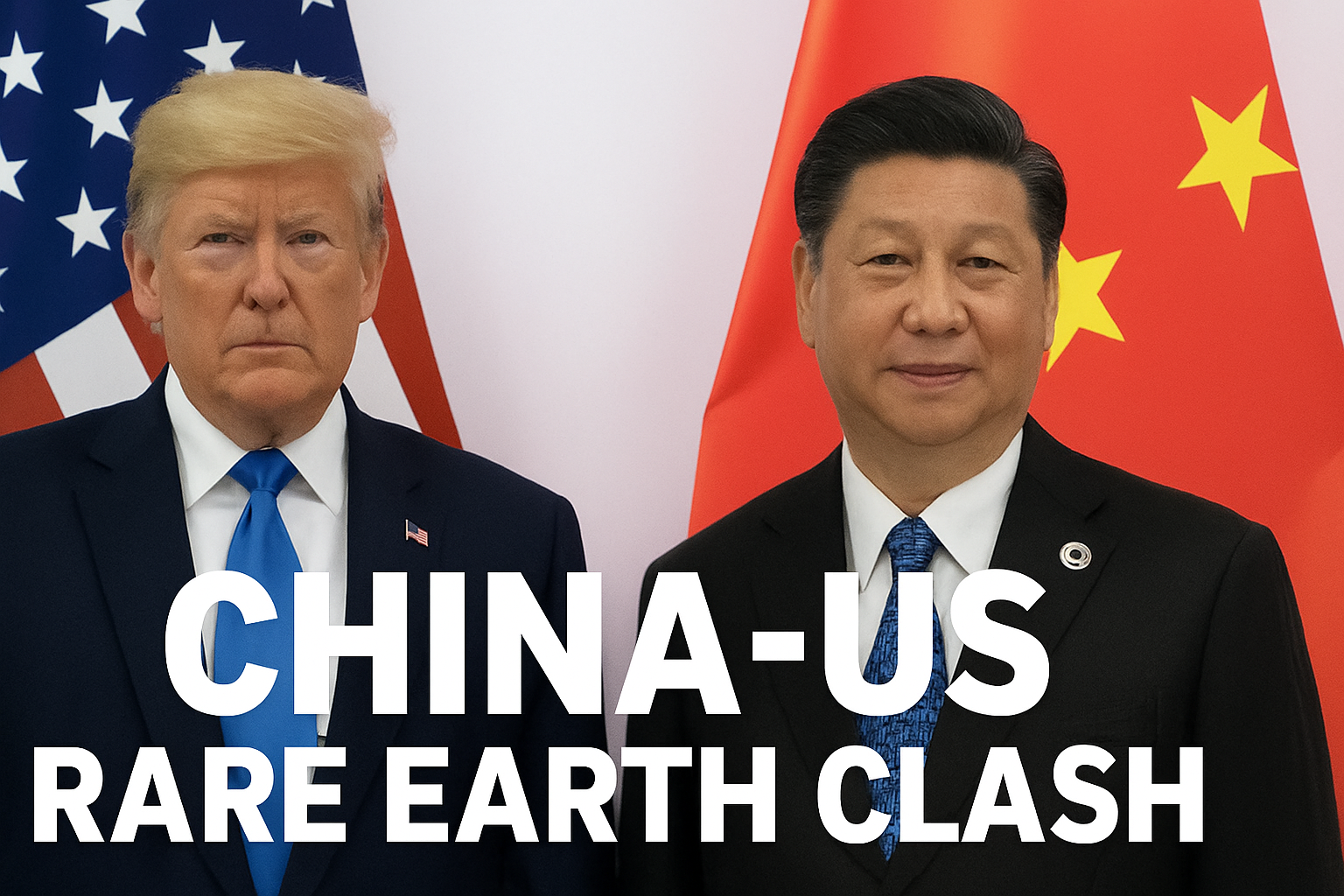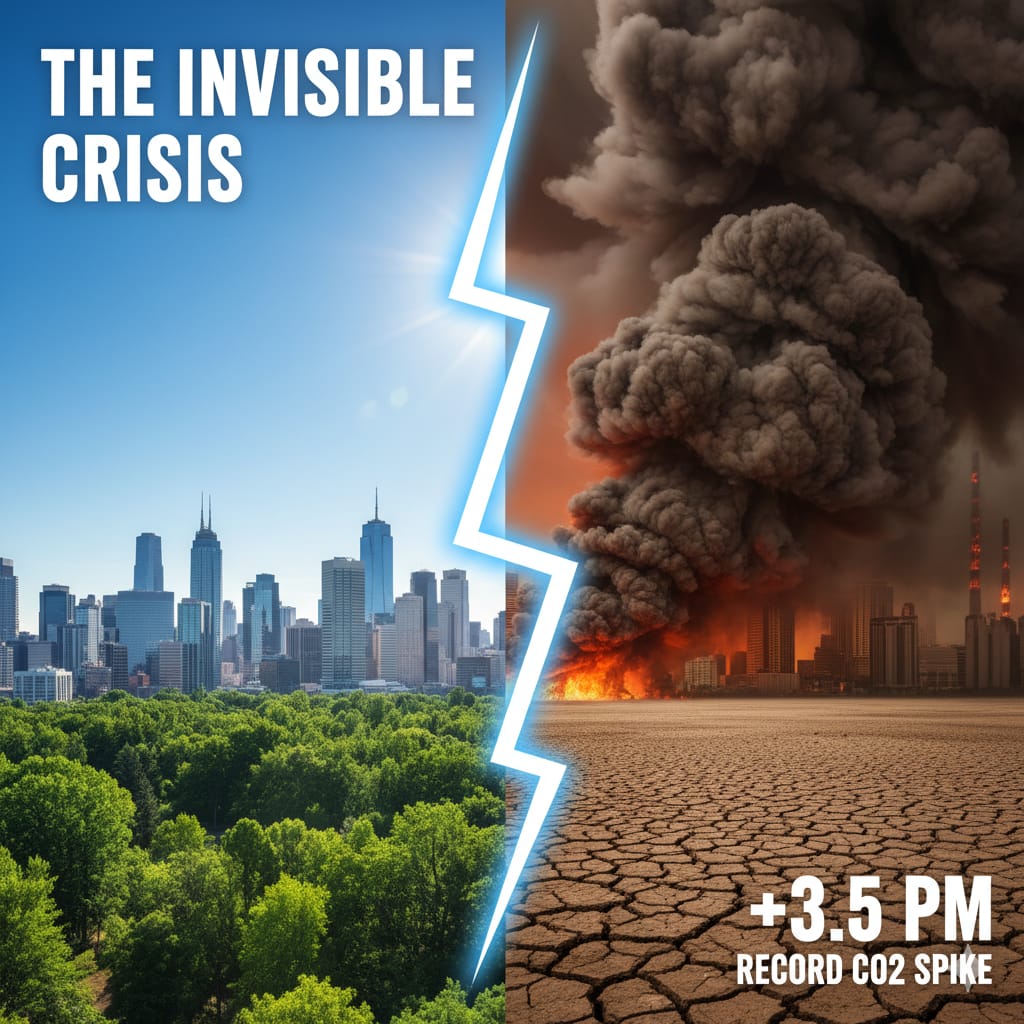
The planet just broke another alarming record, and we can’t afford to ignore. Scientists have confirmed the steepest rise in atmospheric carbon dioxide ever recorded: 3.5 parts per million (ppm) in a single year. It may sound small, but in the fragile chemistry of Earth’s atmosphere, it’s a seismic shift. The jump signals that the planet is heating faster than humanity is cooling it.
Carbon dioxide (CO₂) acts like an invisible blanket around the Earth, trapping heat and regulating temperature. For millennia, that balance held steady. But since the Industrial Revolution, human activity, from burning coal and oil to deforestation, has thickened that blanket dangerously. Global CO₂ concentration has now crossed 420 ppm, about 50 percent higher than before industrialization began.
The latest rise of 3.5 ppm is not just a warning; it’s a wake-up call. It shows that emissions are not merely continuing but accelerating, despite international climate agreements and clean energy transitions.
Why Carbon Levels Spiked So Sharply
Scientists describe this record surge as the result of a “perfect storm,” where human pollution collided with weakened natural defenses. Three major forces are driving the crisis.
1. Fossil Fuels Still Rule the World
Despite growing investment in renewable energy, fossil fuels remain the backbone of global power and transport. Coal, oil, and gas continue to pump billions of tons of CO₂ into the air each year. Industrial production, shipping, and vehicles are still heavily dependent on them. Instead of declining, global fossil fuel use hit new highs last year, pushing atmospheric concentration to record levels.
2. Forests: From Sinks to Sources
Forests are Earth’s natural air filters, absorbing roughly half of all human-made carbon emissions. But extreme heat and drought, worsened by the recent El Niño, have triggered massive wildfires across continents. When forests burn, they release decades of stored carbon back into the air. Once reliable carbon sinks are now becoming carbon sources, worsening the imbalance.
3. The Ocean Is Losing Its Absorbing Power
The oceans absorb around a quarter of global CO₂ emissions, but as they warm, that ability weakens. Warmer water cannot hold as much gas as cooler water. Rising sea temperatures, combined with acidification, are reducing the ocean’s role as Earth’s biggest carbon sponge. In simple terms, our planet’s natural cleaning systems are breaking down under the weight of pollution.
Why It Matters to Everyone
This record rise in CO₂ isn’t about abstract data; it’s about the air you breathe, the food you eat, and the world your children will inherit.
- Unstable Weather: More CO₂ means more trapped heat, fueling stronger storms, longer droughts, and unpredictable monsoons. Floods, wildfires, and heatwaves are becoming more frequent and more destructive.
- Rising Costs: Climate instability disrupts farming, raises food prices, and increases health risks. Insurance costs are climbing as extreme weather damages property and infrastructure.
- The 1.5°C Threshold: Scientists warn that crossing 1.5°C of global warming could trigger irreversible change such as melting ice sheets, rising seas, and collapsing ecosystems. The new data shows we are racing toward that limit faster than ever.
- Other Greenhouse Gases: Methane and nitrous oxide, released from agriculture and industry, are also rising. Both trap far more heat per molecule than CO₂, amplifying the warming effect.
Pulling the Global Emergency Brake
The message from the atmosphere is unmistakable, and time is running out. Small policy tweaks will not work anymore. The world must urgently accelerate the shift to renewable energy sources like solar, wind, and geothermal. Governments must phase out fossil fuel subsidies, industries must invest in cleaner technologies, and citizens must demand accountability.
Protecting and restoring forests, wetlands, and oceans, the planet’s natural carbon sinks, is equally essential. These ecosystems buy us time by absorbing what we emit.
The 3.5 ppm surge is not just a number; it’s the planet’s distress signal. Every breath you take now carries the story of a warming world. Ignore it, and we risk crossing thresholds no technology can reverse. The time to act is now.


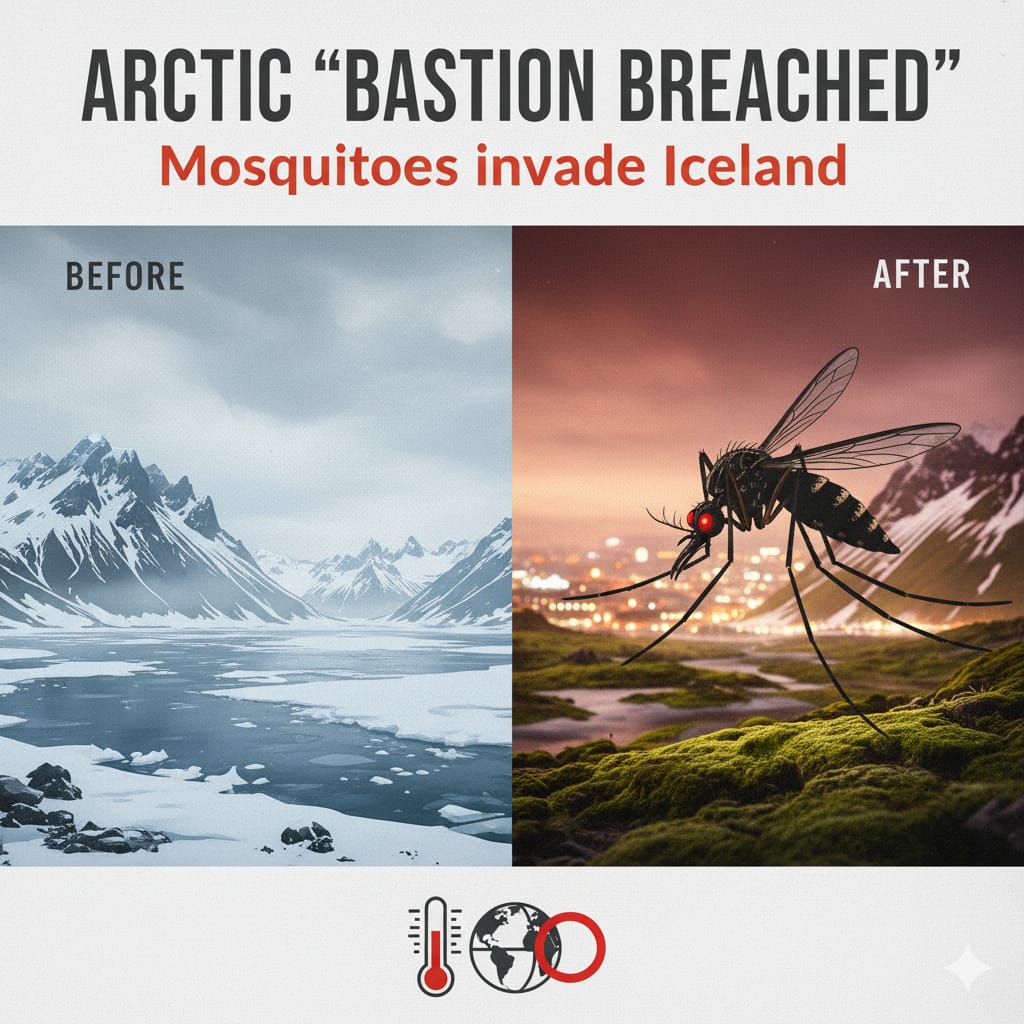
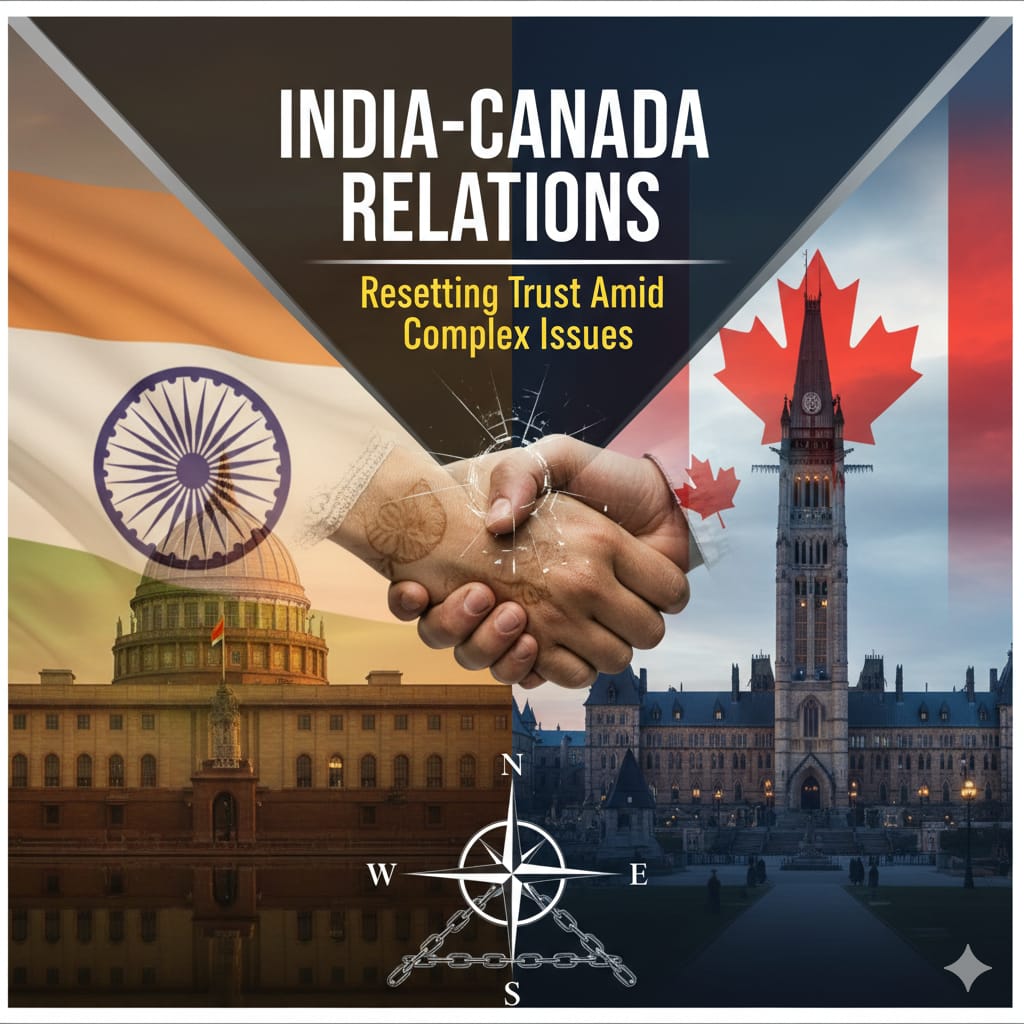
.jpeg)





.jpeg)
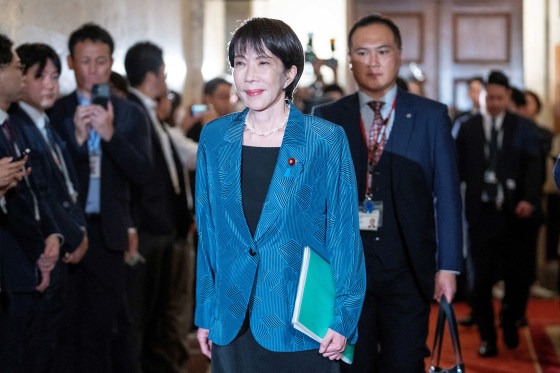


.jpeg)

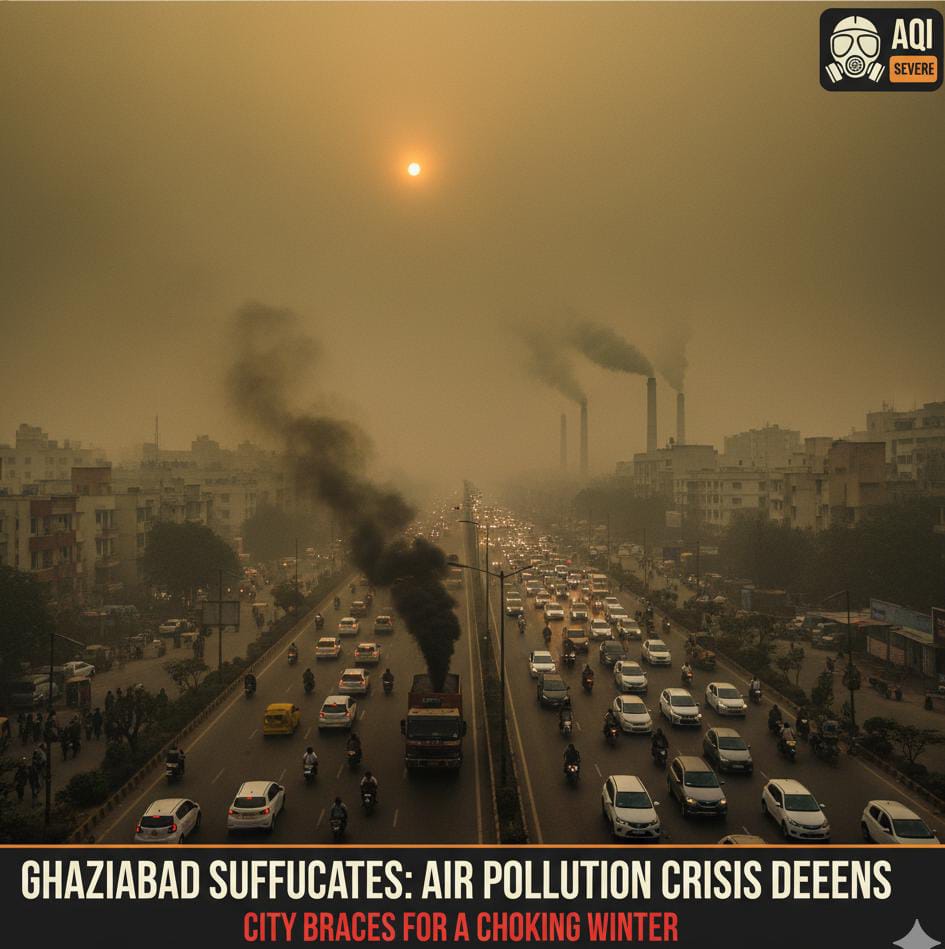

.jpeg)
.jpeg)
.jpeg)
